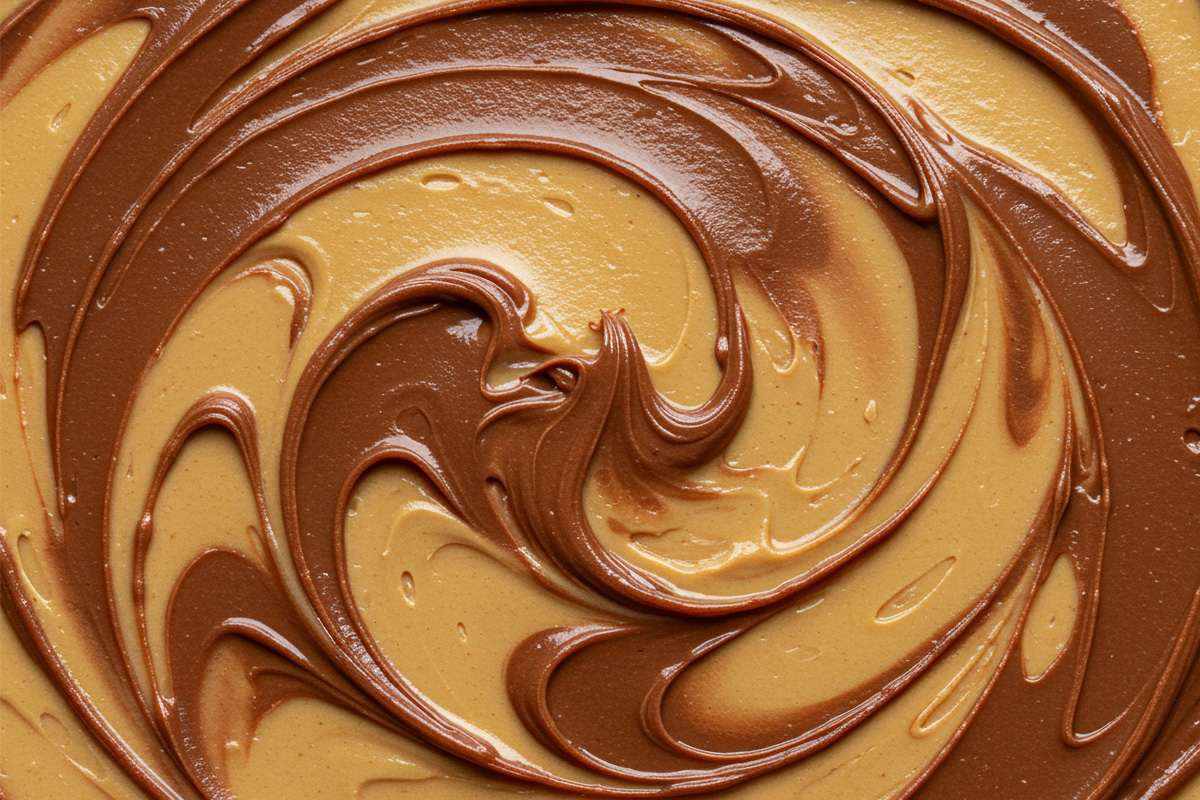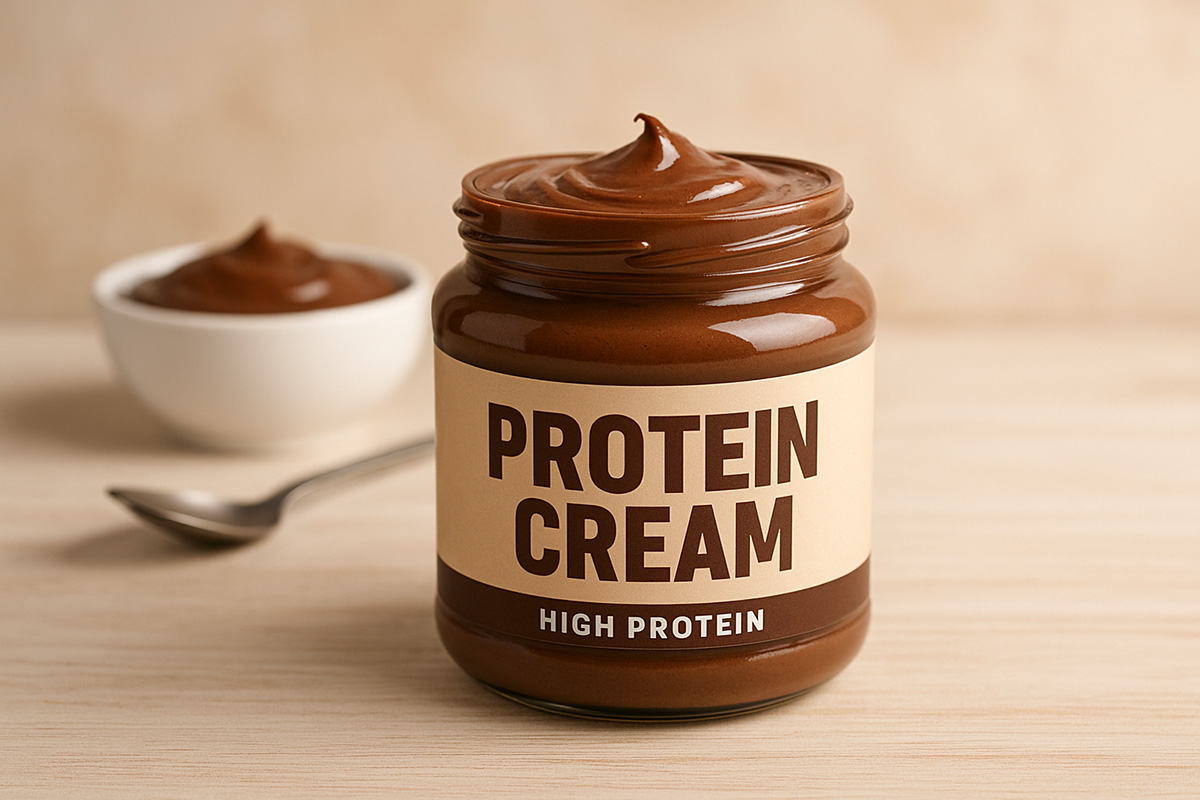
All types of spreadable creams
In recent years, the world of spreadable creams has experienced extraordinary growth, driven by ingredient innovation, the pursuit of new nutritional functionalities, and increasingly versatile packaging solutions.
The European market for sweet spreadable creams is rapidly evolving, fueled by a growing variety of products and by consumers who are increasingly attentive to health and ingredient quality. Alongside traditional offerings such as jams and chocolate spreads, new types of spreadable creams with innovative formulations are gaining ground: from nut-based spreads to those enriched with proteins or made exclusively with plant-based ingredients.
This diversification reflects a profound shift in dietary habits and opens new opportunities for producers in the sector.
According to Grand View Research, the European market for spreadable creams is expected to reach USD 21.27 billion by 2030, with a compound annual growth rate (CAGR) of 5% starting in 2025. In 2024, Europe accounted for 22.4% of the global market. Focusing specifically on sweet spreads, Market Research Future estimates a global market value of USD 30.13 billion, with Europe ranking as the second most significant market after Asia. Germany, the United Kingdom, and France stand out as the countries with the highest demand.
In this article, we provide an up-to-date overview of all types of spreadable creams currently on the market, highlighting trends, innovations, and successful case studies, and a practical guide for anyone navigating a segment in constant transformation.
Nut-based spreads
Nut-based spreads represent a fast-growing segment. Valued for their nutritional profile and high energy content, these creams are often preferred by consumers leading a healthy lifestyle or looking for an alternative to traditional sweet snacks.
A standout example is Fiorentini’s line of single-ingredient spreads, available in practical doypack formats and made from 100% natural ingredients: peanuts, almonds, or hazelnuts, with no added sugars or palm oil. These products meet the rising demand for transparency and simplicity in ingredient lists.
Within the same category, more refined spreads can also be found, such as those offered by Babbi. Their Crema Delizia line includes premium variants like Pistachio, Nocciola Suprema (made with 45% Piemonte PGI hazelnuts), and Almond cream, perfect for haute patisserie or artisanal use on bread and pastries.
More and more companies are now offering enhanced versions of nut spreads, such as the vegan protein creams launched by ‘A Ricchigia’, made with pistachio or almond and enriched with rice and hemp proteins, a clear response to the growing demand for functional, wellness-oriented products.
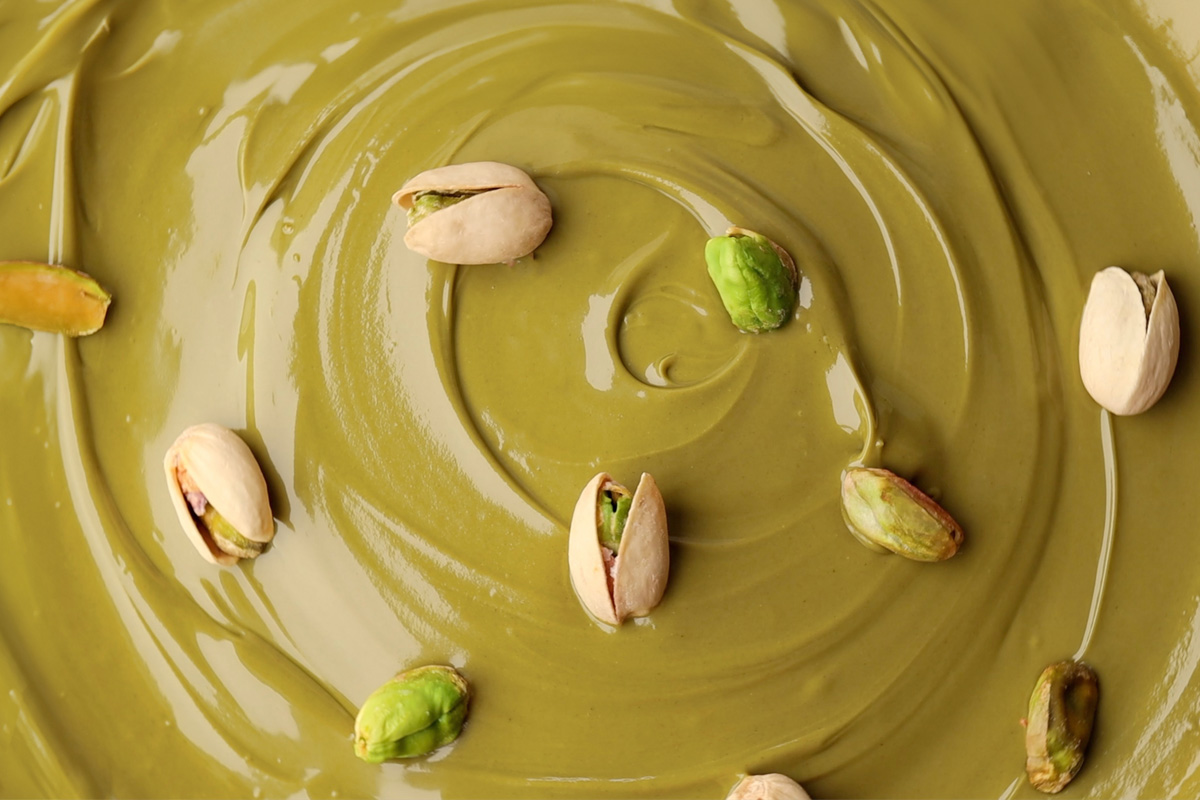
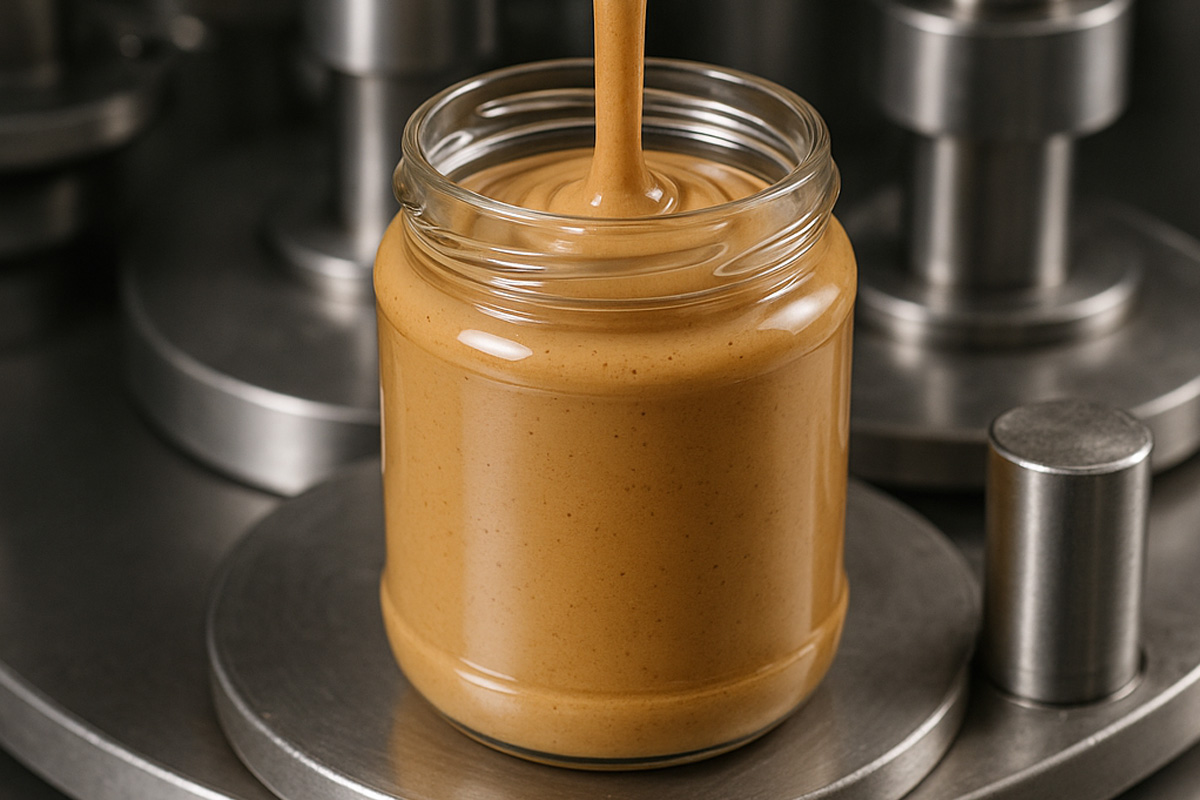
Chocolate-based spreads
Chocolate-based spreads remain the hallmark of the category, continuing to dominate the market thanks to their irresistible taste and versatility. Nutella is still the undisputed benchmark, but the segment has expanded significantly.
One notable innovation is the launch of Nutella Plant-Based by Ferrero, a certified vegan, lactose-free version that uses ingredients such as chickpeas and rice syrup. Introduced in 2024 in Italy, France, and Belgium, this marks a milestone in the diversification strategy of one of the world’s most iconic brands.
The innovations don’t stop there. For the first time in over 60 years, Ferrero has announced the upcoming launch of Nutella Peanut, a new peanut butter variant. Slated to debut in the U.S. market in 2026, this blend combines Nutella’s signature creaminess with the bold flavor of roasted peanuts, aiming to capture a growing audience attracted to alternative, protein-rich tastes. This is yet another sign of a sector embracing evolving preferences and palates.
Another interesting example is Mars, which has translated some of its most iconic snacks into spread form: Bounty (coconut and milk chocolate), Twix (chocolate, biscuit, and caramel), and M&M’s (with peanuts). These offerings leverage strong brand recognition and emotional appeal, delivering an experience that stays true to the original products.
Even more artisanal brands like Babbi propose high-quality cocoa and gianduja spreads, often with a high percentage of hazelnuts. In all these cases, the main technological challenge lies in managing viscosity and dosing precision, key factors when choosing filling machines for spreadable creams.

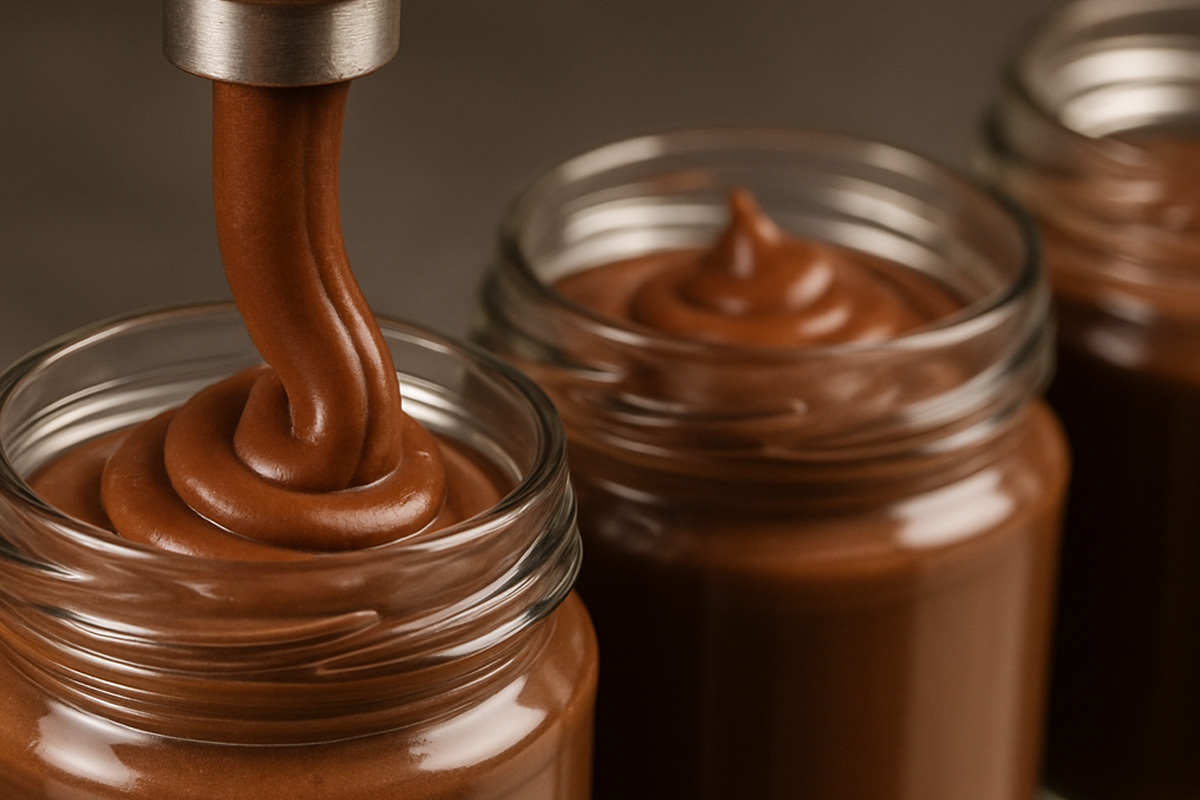
Other types of spreadable creams
Beyond the two main categories, the world of spreadable creams includes a growing array of products that defy traditional classifications.
These include sweet fruit-based spreads, such as Babbi’s caramelized fig creams, or new flavor frontiers featuring exotic or functional ingredients. Some are gourmet recipes; others are true superfoods in spreadable form.
Another significant trend is the hybridization with the functional or protein segment, as seen in spreads enriched with plant proteins, fibers, or vitamins—now increasingly common in the fitness and health-conscious food markets.
From a technological standpoint, these products require highly flexible systems, capable of adapting to a wide range of textures and compositions while maintaining the highest standards of hygiene and portioning precision.
